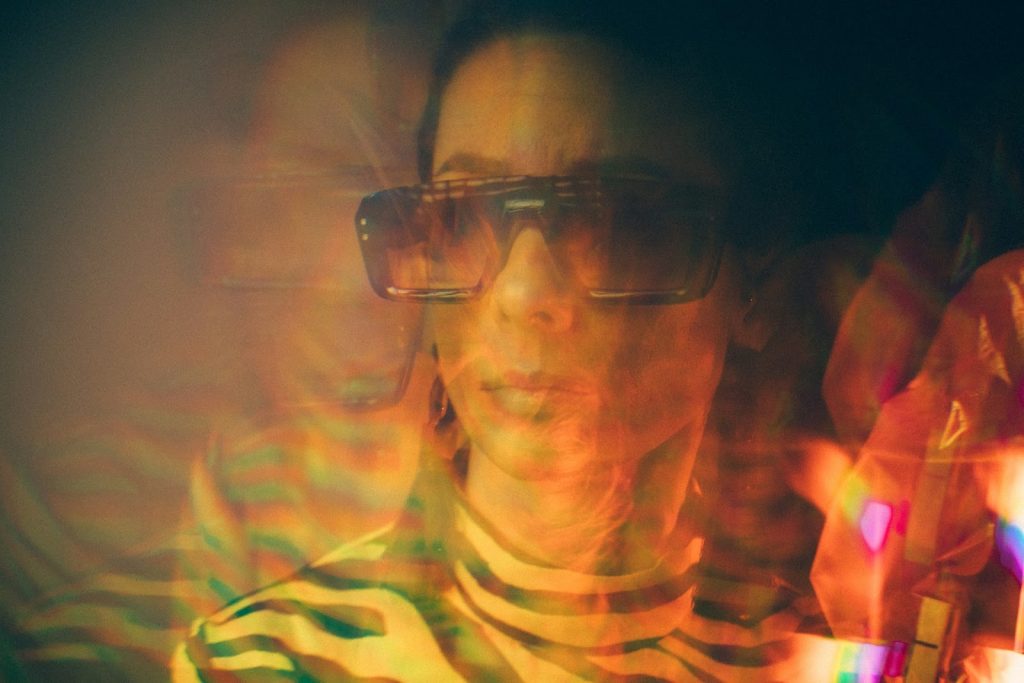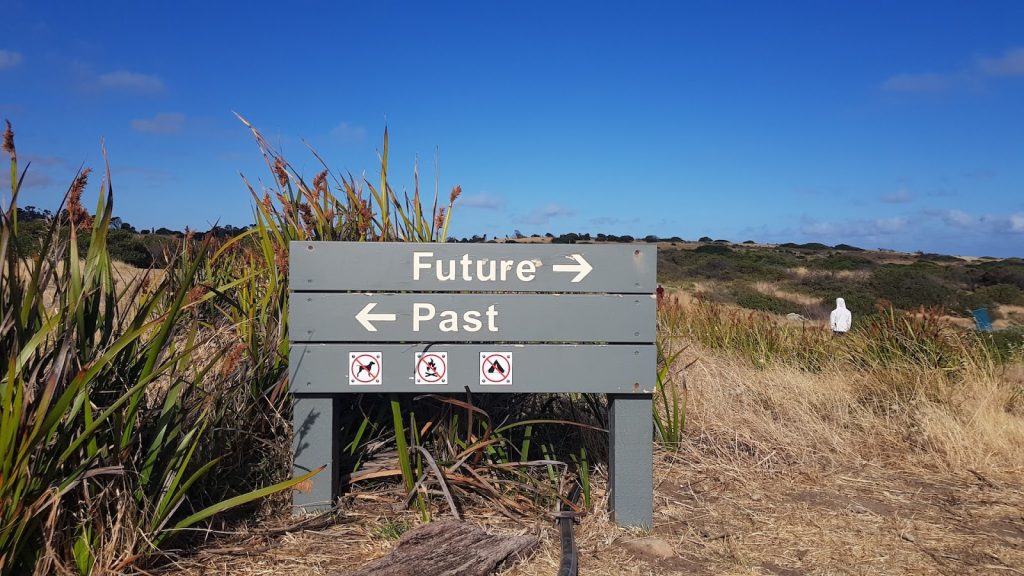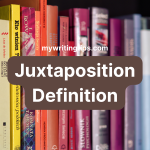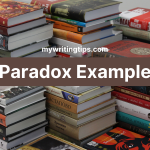Looking for a flashback example? A flashback is a powerful narrative technique in literature and film, capable of transporting audiences through time. It’s a storyteller’s time machine, allowing us to visit past events and understand how they shape the characters and narratives.
Let’s take a closer look at history’s best flashback examples to understand the significance of the past in storytelling.
Table of Contents
What’s a Flashback?
A flashback is a narrative device used in literature, film, and other forms of storytelling to interrupt the chronological flow of a story by addressing earlier events. This technique sheds light on background information, adds depth to characters, and creates suspense or foreshadowing.

The Elements of a Flashback
Master storytellers use flashbacks to give the audience a glance at events transcended in the past that are pivotal to the narratives. To achieve that, there has to be a well-crafted blend of factors. Those include:
A Trigger
A flashback usually begins with a trigger or a cue in the present narrative that transports the reader or viewer back in time. This could be a sensory experience, a character’s memory, a specific object, or a line of dialogue that prompts the jump to a past event.
A Transition
The shift from the present to the past is often marked by a clear transition. In writing, this might be a change in tense or a distinct break in the narrative. In films, visual or auditory cues, like a change in lighting, a specific sound, or a visual effect, are used to signal this transition.

A Connection
A flashback must be relevant to the current story. It should provide important information about a character’s background, motivations, relationships, or key events that have shaped the plot or characters’ current situations. A well-crafted flashback enriches the understanding of the story, and its effects should be felt in the present timeline.
A Hook
The content of the flashback itself is crucial. It should be engaging and rich with details that paint a vivid picture of the past. This can include dialogue, sensory details, emotions, and specific actions that occurred.
A Portal Back to the Present
Concluding the flashback with a smooth return to the present timeline is important. This might involve revisiting the trigger or providing a narrative conclusion that links the flashback to the current story.
The purpose of a flashback is to convey the necessary information, but not so long that it disrupts the flow of the main narrative.
Flashback Examples
Flashbacks in literature serve not just as a tool for storytelling, but as a means to deepen the reader’s emotional connection to the characters and enhance the thematic complexity of the narrative. They allow readers to experience the characters’ histories firsthand, creating a richer, more immersive story.
Let’s check out some of the most popular flashback scenes in classic literature.
The Great Gatsby
In F. Scott Fitzgerald’s “The Great Gatsby,” flashbacks play a pivotal role in unraveling the complex character of Jay Gatsby and his deep-seated obsession with Daisy Buchanan.
Through flashbacks, the reader learns that Gatsby was born as James Gatz to a poor farming family in North Dakota. This backstory is essential in understanding his later actions and motivations. His humble origins starkly contrast with the opulent life he later leads, highlighting his self-made success and the extent of his transformation.

One of the most crucial flashbacks reveals Gatsby’s early encounter with Daisy while he was a military officer during World War I. Despite their brief courtship, Daisy becomes a symbol of everything Gatsby aspires to – wealth, status, and grace. Her memory becomes a driving force behind his actions, shaping his future.
Flashbacks depict Gatsby’s transformation from James Gatz into the wealthy, enigmatic Jay Gatsby. This metamorphosis, fueled by his desire to win Daisy back, involves his involvement with the shady character Meyer Wolfsheim and other illicit activities, suggesting the moral compromises he makes in pursuit of his dream.
Lastly, the flashbacks also highlight Gatsby’s idealization of Daisy, transforming her into an unattainable ideal rather than a real, flawed person. His dream is as much about recapturing the past as it is about Daisy herself.
To Kill a Mockingbird
In Harper Lee’s “To Kill a Mockingbird,” the use of flashbacks is a key narrative technique that adds depth and perspective to the story. It offers a retrospective view that is crucial to the development of the characters.
The adult Scout narrates events from her childhood, including the trial of Tom Robinson, a Black man unjustly accused of raping a white woman. This perspective allows her to reflect on the events with the understanding and insight she lacked as a child, providing a more nuanced view of the racial and social complexities of the time.

The flashback also structure highlights the contrast between the innocent, often naive perspective of the young Scout and the more informed, mature understanding of the adult narrator. This juxtaposition emphasizes the themes of moral and ethical growth, as Scout gains a deeper understanding of the injustice and prejudice present in her community.
By looking back, the adult Scout can comment on how the events she witnessed and experienced in her childhood shaped her character and values. This includes her observations of her father, Atticus Finch, and his steadfast commitment to justice and equality, which profoundly influence her own beliefs and attitudes.
The use of flashbacks allows Lee to foreshadow significant events and create narrative tension. The adult Scout’s reflections hint at the outcomes and consequences of the story’s central events, engaging the reader’s curiosity and emotional investment.
The Conclusion
Flashbacks are a versatile and impactful tool in storytelling. They offer a unique view into the past, revealing the critical triggers for both character and plot development. When used correctly, flashbacks even provide emotional context and depth, making characters and situations more relatable.
Through the flashback examples we’ve explored, it’s clear that flashbacks can transform a simple story into an intricate tapestry woven with memories, experiences, and emotions. We hope that these examples provide a sense of appreciation for the writers’ craftsmanship and the art of storytelling itself.


